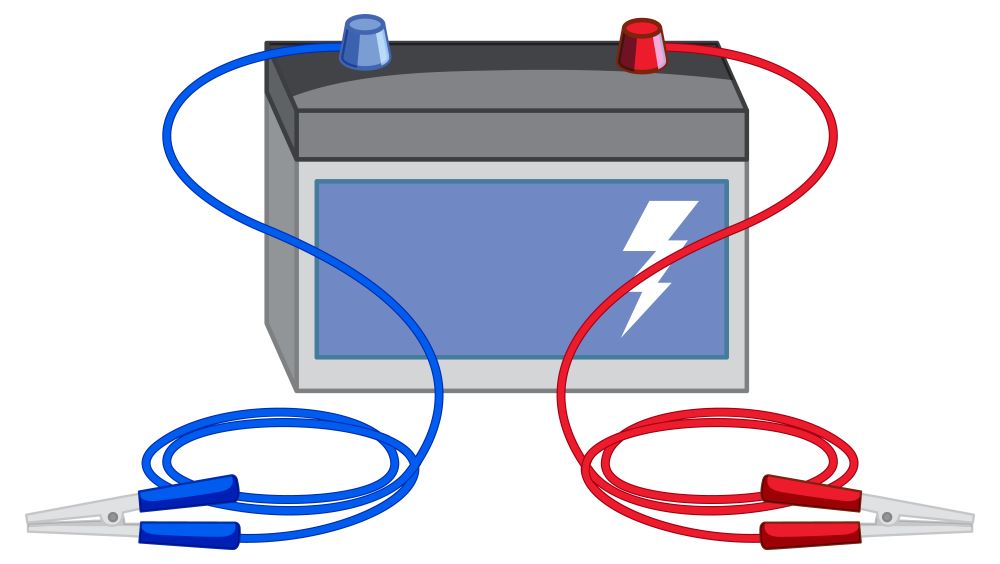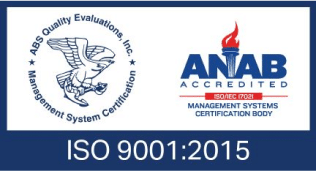
Understanding Lithium Ion vs Lead Acid Batteries
In the vast landscape of energy storage, two standout contenders have taken center stage: lead acid battery vs lithium ion. These powerhouses boast unique attributes that have carved out niches across a spectrum of industries. This article embarks on a journey to unravel the disparities between these battery technologies, shedding light on their advantages and drawbacks.
How Do Lithium-ion And Lead Acid Batteries Work?
Lithium-ion (Li-ion) batteries rely on lithium ions to facilitate the movement of charge between the cathode and anode. Widely embraced in smartphones, laptops, and electric vehicles, these batteries earn their stripes through a potent combination of high energy density and an extended cycle life.
During the charging phase, lithium ions journey from the cathode, typically crafted from lithium cobalt oxide, lithium iron phosphate, or lithium manganese oxide, to the anode. The magic of reversibility comes into play here, allowing these batteries to undergo multiple charge and discharge cycles. The separator, a crucial component, ensures the lithium ions travel without direct contact between the cathode and anode.
On the flip side, lead acid batteries operate with lead dioxide and lead plates submerged in a sulfuric acid electrolyte. A mainstay in uninterruptible power supply (UPS) systems and forklifts, lead acid batteries engage in a chemical ballet at the electrodes during the charging process. Lead dioxide at the positive electrode reacts with sulfuric acid to form lead sulfate and water, while lead at the negative electrode undergoes a similar transformation. During discharge, the lead sulfate at both electrodes transforms back into lead dioxide and lead, releasing electrical energy in the process.
Lead acid batteries, while lagging in energy density, boast robustness and reliability. They weather deep discharges and prove effective in a broad spectrum of temperature ranges.
How Do Lead Acid Battery Vs Lithium Ion Compare?
When comparing lead acid battery vs lithium ion, it’s essential to consider several key factors. Lead-acid batteries, a traditional and well-established technology, are known for their affordability and reliability. They have been widely used in various applications, including automotive and uninterruptible power supply systems. On the other hand, lithium-ion batteries have gained prominence for their higher energy density, lighter weight, and longer lifespan.
While lead-acid batteries are cost-effective and suitable for certain applications, lithium-ion batteries offer superior performance and efficiency, making them the preferred choice for many modern devices and electric vehicles. The choice between lead acid battery vs lithium ion depends on specific requirements, cost considerations, and the intended use of the battery capacity and technology.
Let’s see other important considerations:
Energy Density and Weight
Lithium-ion batteries emerge as undisputed champions in energy density, capable of storing more energy in a smaller, lighter package compared to their lead acid counterparts. This feather-light quality positions them as the darlings of portable devices and electric vehicles, where compact size and reduced weight are paramount. Conversely, lead acid batteries, while lacking in energy density, shine in delivering high surge currents, making them the go-to choice for applications demanding sudden power boosts.
Cycle Life and Longevity
Cycle life favors lithium-ion batteries, a metric denoting the number of charge-discharge cycles a battery can endure before capacity dwindles significantly. These workhorses can weather countless cycles without a noticeable decline in capacity. In contrast, lead acid batteries sport a limited cycle life, gradually losing their charge-holding prowess over time. Replacements become inevitable every few years, contingent on usage patterns.
Charging and Discharging Efficiency
Efficiency in charging and discharging is a crucial yardstick for comparing battery types. Lithium-ion batteries steal the spotlight with their high efficiency, deftly converting stored energy into electrical power and vice versa with minimal losses. Lead acid batteries, while less efficient in this dance, compensate by handling higher battery charge and discharge rates, catering to applications that demand sudden power surges.
Maintenance Requirements
Maintenance considerations swing in favor of lithium-ion batteries, demanding minimal upkeep. They spare users the chore of regular watering or equalizing, unlike their lead acid counterparts. However, a caveat remains: proper charging and protection circuits are non-negotiable to prevent overcharging and ensure peak performance.
Lead acid batteries, on the other hand, bear the burden of periodic maintenance. This includes vigilance in monitoring electrolyte levels, topping up distilled water, and equalizing charges to stave off sulfation and stratification. A glimmer of relief comes in the form of modern sealed lead acid batteries, ushering in an era of convenience by eliminating the need for routine maintenance.
Environmental Impact
In a world increasingly attuned to sustainability, the environmental impact becomes a pivotal consideration. Lithium-ion batteries earn a nod for their eco-friendliness, devoid of toxic heavy metals like lead. Yet, a note of caution surfaces regarding the extraction and disposal of lithium-ion batteries, with potential environmental consequences if mismanaged.
Lead acid batteries, housing recyclable lead, boast a higher recycling rate. The lead can be repurposed, mitigating the environmental impact. However, the manufacturing and disposal processes of lead acid batteries warrant responsible handling to avert adverse effects.
Application Considerations
The choice between lead acid battery vs lithium ion hinges on the specifics of the application. Lithium-ion batteries carve a niche in portable devices, electric vehicles, and renewable energy systems, leveraging their high energy density, lightweight design, and enduring cycle life. Lead acid batteries find favor in applications requiring a robust surge of power, exemplified in forklifts and UPS systems. Their ability to handle sudden power spikes and cost-effectiveness cement their position in these scenarios.
Cost Considerations
Cost, an omnipresent factor in decision-making, plays a pivotal role in the selection process between lithium ion battery vs lead acid. Lithium-ion batteries lean towards the pricier side of the spectrum in manufacturing. However, a silver lining emerges in decreasing costs over time, spurred by technological advancements and escalating demand. The longer lifespan and heightened energy density of lithium-ion batteries contribute to offsetting initial higher costs in select applications.
Conversely, lead acid batteries flaunt a lower upfront cost, appealing to budget-conscious consumers. The mature and cost-effective manufacturing process, honed over years of use, renders lead acid batteries an accessible choice. Yet, the total ownership cost, inclusive of maintenance and replacement, must be weighed against the backdrop of the expected battery lifespan.
Ground Power Units
When it comes to ground power units (GPUs), understanding the differences between lead acid battery vs lithium ion is crucial for efficient and reliable performance. Lead-acid batteries have traditionally been the go-to choice for GPUs due to their cost-effectiveness and robustness. They provide a steady power supply for starting aircraft engines and running onboard systems during ground operations. However, the inherent limitations, such as higher weight and shorter lifespan, have led to a shift towards lithium-ion batteries.
Lithium-ion batteries offer a compelling alternative for GPUs, offering a higher energy density, reduced weight, and longer cycle life. These features are particularly advantageous in aviation, where weight savings contribute to fuel efficiency and overall aircraft performance. Additionally, lithium-ion batteries can provide more consistent and reliable power, ensuring a smoother and more efficient ground-handling process.
When Should You Install a Lead Acid Battery VS a Lithium-ion Battery?
The decision-making process between a lithium ion battery vs lead acid involves considerations such as the specific application, energy requirements, budget constraints, and desired performance. Lead acid batteries emerge triumphant in scenarios demanding high surge power and cost efficiency, with size and weight taking a backseat. On the flip side, lithium-ion batteries shine in applications valuing energy density, lightweight design, a protracted cycle life, and minimal maintenance.
For further inquiries or to discuss the implementation of lithium-ion and lead acid batteries, please feel free to contact us. Our team is dedicated to providing tailored solutions to meet the specific needs of your operations, optimizing efficiency, and contributing to a greener and more sustainable future.
Powering the Future: Lithium-Ion vs Lead Acid Batteries
The works of lead acid battery vs lithium ion unfold a tapestry of advantages and trade-offs tailored to meet diverse energy storage needs. Lithium-ion batteries, with their prowess in energy density, cycle life, and charging efficiency, emerge as the stars in the portable device and electric vehicle arenas. On the other side, lead acid batteries carve a niche with their ability to deliver a powerful surge and cost-effectiveness, finding their stride in applications requiring sudden power boosts. The art of selecting between the two entails a meticulous examination of factors like energy requirements, weight restrictions, maintenance needs, environmental impact, and overall cost, ensuring the chosen battery chemistry aligns seamlessly with the intended application.






